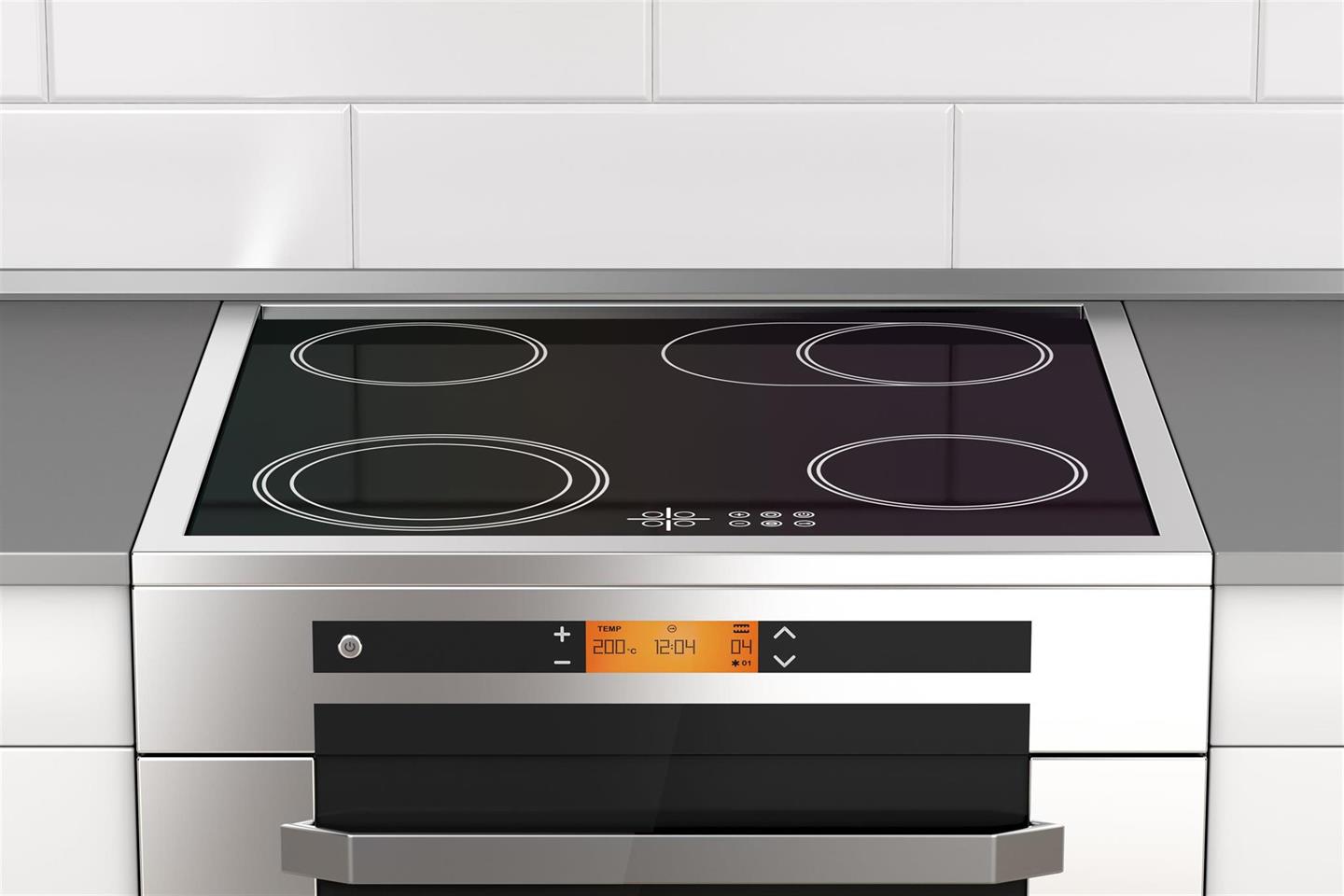You might have seen them on cooking shows or heard whispers of the magic of induction stovetops. But how do they actually work?
First, let’s dive into what induction means. Induction, or magnetic induction, works by sending an alternating electrical current through a coil – usually copper wire under the cooking surface. The oscillating magnetic field induces an electrical current in the cookware itself. This loop of electrical current, known as a large eddy flow, benefits from the resistance of the metal and the energy heats the materials themselves, rather than the surface beneath them. This might sound like a lot to unpack, and a lot of big words. But basically, induction means heating an object without needing another hot object to pass along that heat.
Induction heating works on electrically conducting objects, meaning usually metal. However, not all metals are created equal. While the ideal metals for induction are things like cast iron or stainless steel, many induction stovetops don’t work properly with thin metals like copper and aluminum, or other non-ferrous materials, as they don’t produce enough resistance. You can, however, get an “all metal” induction stovetop which uses a higher frequency, so the type of metal isn’t a concern as long as it’s a conductive material. The frequency of the current determines the depth that the induced electrical currents can penetrate a substance, so a higher frequency can penetrate a wider variety of materials.
Maybe the most important thing to note about the process of induction heating is that the heat is generated in the object, the cookware in the case of induction cooking. This is different from the typical conduction heating process, where heat is transferred from the hot stovetop surface to the cookware, then to your food. Because induction heats the cookware directly, it’s a much faster process. Not only does the temperature change quickly, but when you adjust the temperature settings on the stovetop, it doesn’t take all that long to take effect, unlike your typical stovetop. Induction heating also wastes way less heat, as it doesn’t heat the surrounding area and the kitchen itself. Plus, because the changes in temperature are so quick, these stovetops can be turned off at a moment’s notice, making them much safer. Finally, because the surface itself doesn’t really heat up, they’re also way easier to clean.
An induction stovetop looks a lot like a regular glass-top electric range. However, a big difference to note is that an electromagnetic field on an induction cooktop doesn’t glow, so you won’t know it’s on. But, if you were to turn on the elements accidentally without placing anything on them, the surface will not heat. This is a huge advantage for safety.
In the end, induction cooking is fascinating and extremely practical. Not only is it maybe the fastest way to cook at home that’s commercially available, it lends itself to convenience and safety. The biggest part of the decision for induction over the alternatives is being prepared and having a basic understanding of how your stovetop works so you know it’s working properly. If you’re in need of help, reach out to a professional for outstanding appliance repair rather than trying to troubleshoot it yourself.

